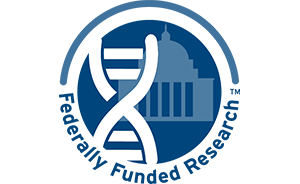Breast Cancer
Substantial investment in breast cancer research has led to advances in screening, treatment, and prevention over the last four decades. As a result, over 90 percent of breast cancers are diagnosed at an early age, surgery has become less invasive, and the development of more effective therapies have boosted cure rates to current highs. Crucial insights from genetics research have also led to new, preventive drugs and surgeries that have helped to reduce the risk of occurrence for women who are at high risk for the disease, including those predisposed as a result of genetic mutations.
Today, nine out of ten women are alive five years after diagnosis and mortality has fallen by more than a third since the 1980s. However, more research is still needed to develop better treatments for advanced stages and currently resistant forms of breast cancer, and to address profound racial disparities in breast cancer mortality.











